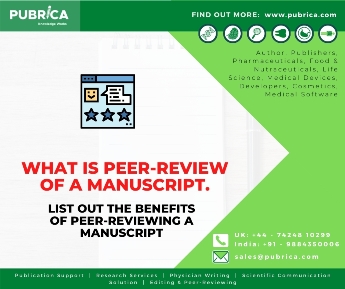
What do STROBE guidelines entail?
October 31, 2018
Harvard Referencing Style
October 31, 20185 keys to draft a cover letter
The success of your manuscript hinges on how persuasively you write a cover letter to your publisher; Experts share a few points to ponder. Read on.
Write a cover letter when you submit a manuscript to your journal’s publisher. A convincing letter preempts chances of a manuscript rejection. Nevertheless, the concept of a “striking” cover letter varies among journals and their publishers. You may need to type out your letter on a letter-head quality paper. This type of letter states authors by name, title, Journals seeking paper submissions, for example, might expect a page-long cover letter on a formal letterhead. This type of cover letter introduces a) the authors by name, rank, and association; b) mentions the article; c) article’s key argument; and, d) enlists specific interests to the journal. For example, the letter may state the why its contribution to the subject is unique in terms of methodology, approach, etc. Some journals expect a brief introduction and a few sentences. The cover letter asserts the authenticity of the paper and assures that it is unpublished in other journals.
Unsure of what your target journal requires? Then it is worthwhile to clarify with senior members and verify the journal’s submission requirements. If you are still unsure then directly e-mail the editor-in-chief or associate-editor-in-chief of the target journal. Prior to that review these 5 tips that to write a cover letter and submit to a publisher.
So before you write that letter, here are top 5 tips you need to ponder.
a) Adhere to journal’s do’s and don’ts
Review and stick to the journal submission requirements in the letter. This helps to reveal your specific keenness in the journal and loyalty to the task. Check out the information on the do’s and don’ts that authors must adhere to while writing the cover letter.
b) Be clear and keep it concise
Terseness in this situation is helpful. In a few words, you need to ascertain the title of the article, state its authenticity, and check that it is unpublished elsewhere; you must convince or argue as to why your paper fits that specific journal.
c) Build rapport
You are building rapport with the publisher and hence address a specific person by name and title. Clarify your role and co-authors of your paper. Refer recent published works to showcase your acquaintance of this journal. Elaborate on how and why your paper connects to other works on concepts, methods, approach, etc.
d) Enhance your research value
Showcase your special research work to the publisher of the journal. In a few lines highlight a few of from this list.
- Showcase novel research work or information
- Showcase how your work solves today’s problems
- Illustrate how your work addresses today’s scenario
- Promote, review, and discuss previous research work in the journal
e) Cover ethical issues
Be upfront and clarify on your research funding sources, conflicting interests, etc.; state how you have solved these difficult aspects of your research work.
Please share your thoughts with us in the comments section below.
By following these tips you gain the respect of your publisher, which promotes your publishing career as a researcher.



